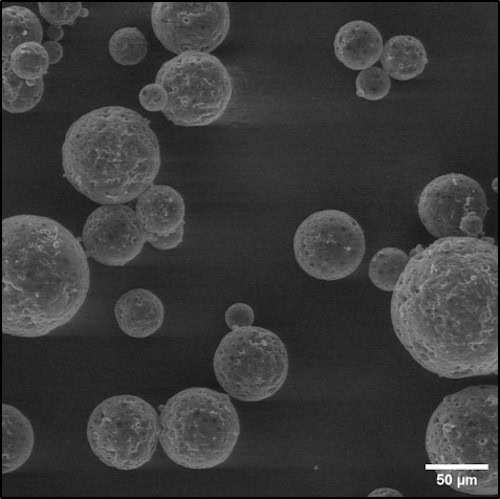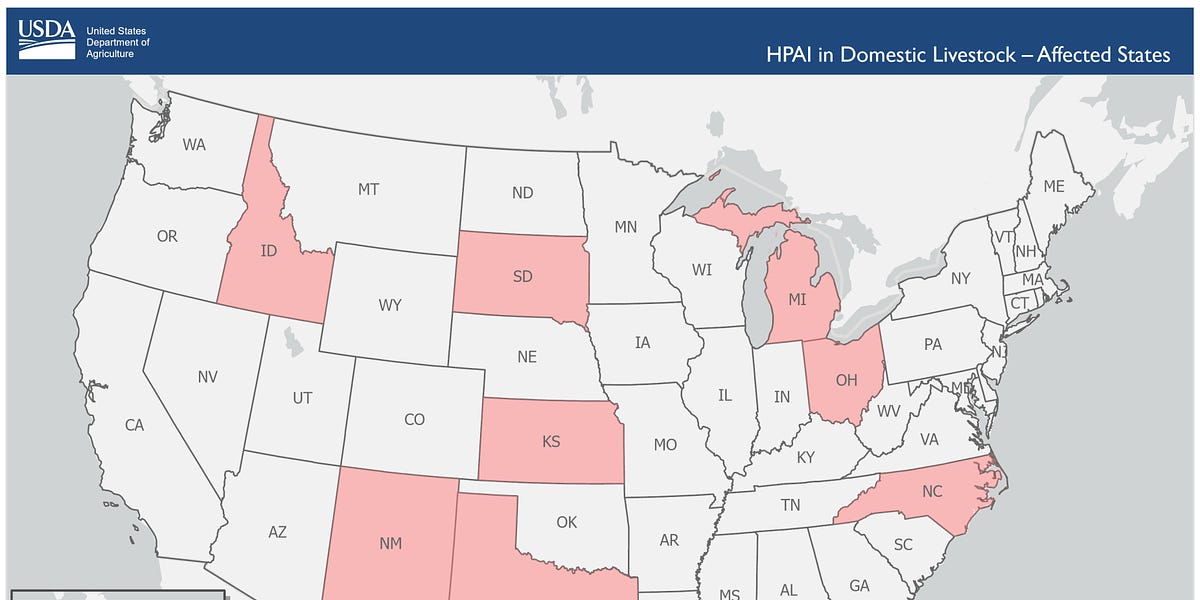
Here be Dragons: Gaps in the human genome and how inverting the analysis can help
The Human Genome Project formally began in 1990 and was declared complete in April 2003. After thirteen years and billions of dollars, researchers produced a sequence of more than 3 billion nucleotides. The sequential string of A, C, G, and T was the most accurate and specific representation of our own genetic code that had ever been produced.
Just as human explorers made the first maps of the world in order to more easily navigate it, genetic explorers made the first map of our genome. Incomplete as it was, we had finally committed the consensus sequence of our internal genetic code to the digital record. Prior research went back more than a hundred years and had already established the principals of genetic inheritance, found that genetic information is carried by nucleic acids, and had discerned the structure of the DNA molecule. Before it had been sequenced, our map of genetic knowledge amounted to little more than a rough sketch of coastlines of the major continents. The precise location and function of genes encoded in the banded information carrying molecules was still unknown, and subject to myth and speculation. Here be dragons.
The “complete” 2003 human genetic reference sequence was, in fact, far from complete. It was composed of DNA samples from several individuals distilled down to a string of bases covering about 92% of the entire genome. Most of the work concentrated on the transcriptionally active euchromatic regions that encode the ~20,000 known protein producing genes and gene regulating sequences. The highly repetitive heterochromatic regions (including centromeres and telomeres) were not included in the initial release. This was largely due to the difficulty of accurately sequencing them, as well the suspicion that these regions were largely useless accretions of “junk DNA”.























